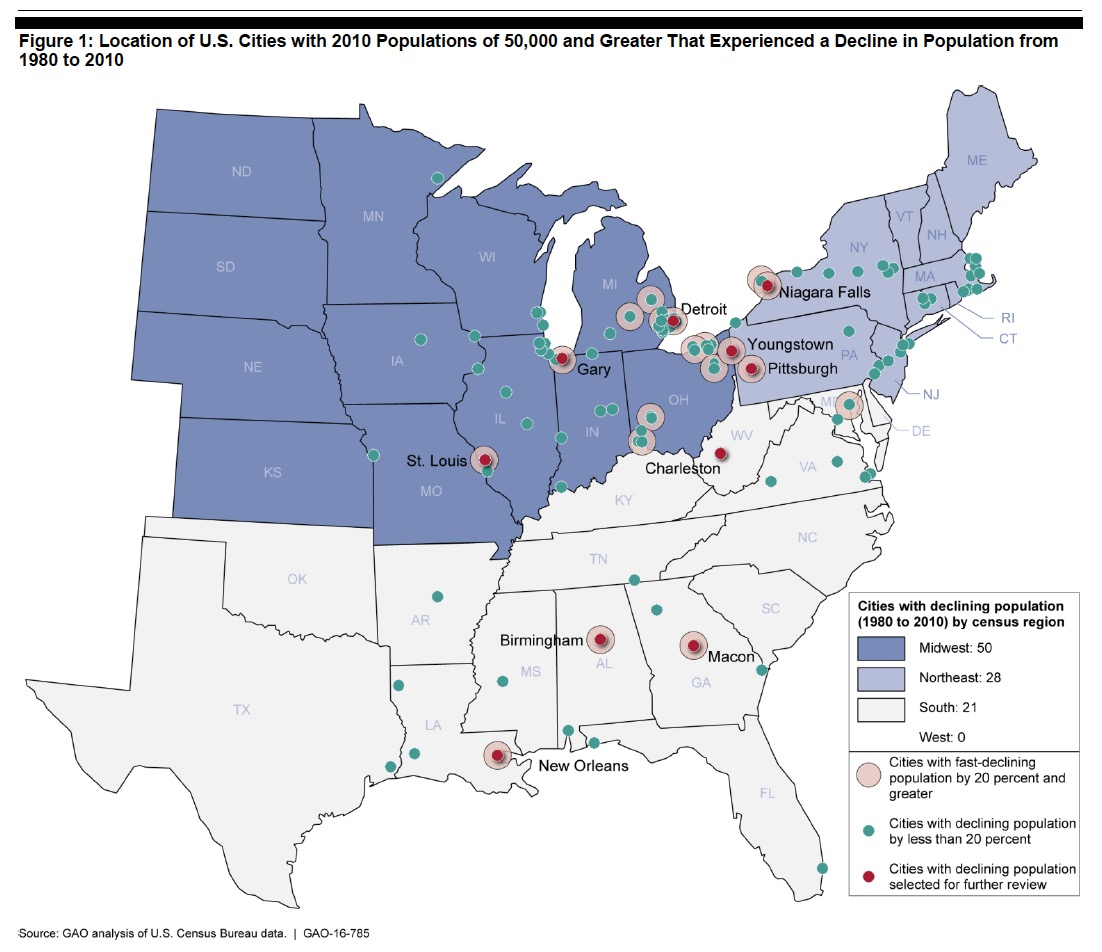
Many midsize and large cities throughout the United States, including the Midwest and Northeast, have lost a substantial percentage of their population. These cities face the challenge of a corresponding decline in utility revenues from a loss of ratepayers, which makes it difficult to address their water infrastructure needs. Overall, water and wastewater utilities across the United States face substantial costs to maintain, upgrade, or replace aging and deteriorating infrastructure—approximately $655 billion for water and wastewater utilities over the next 20 years according to EPA’s most recent estimates.
View this complete post...












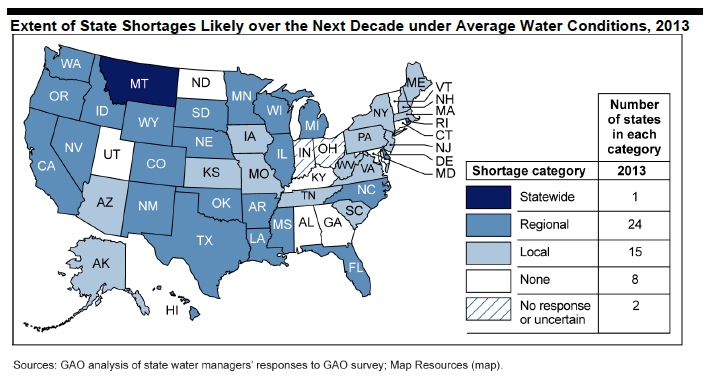
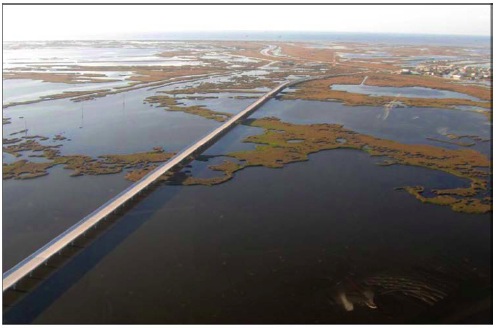
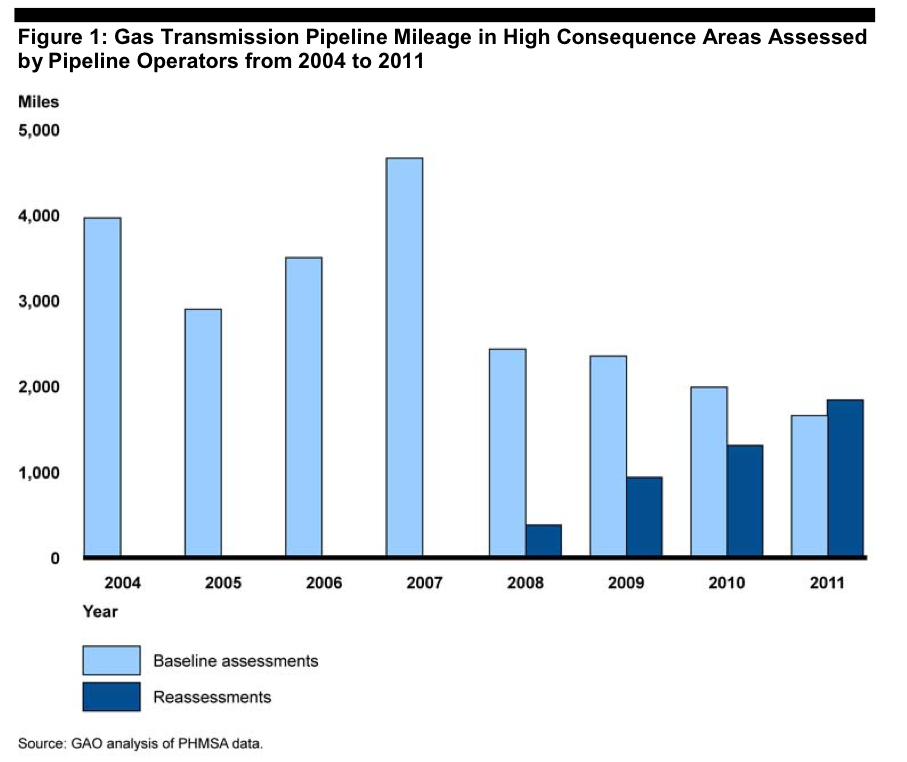
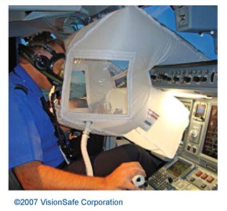
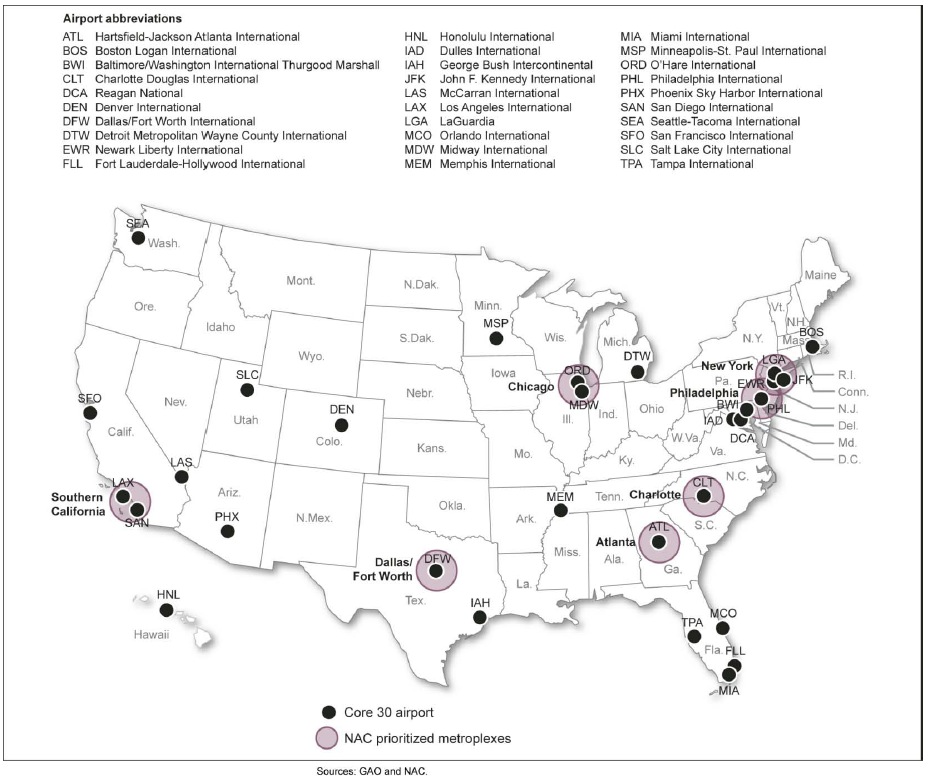
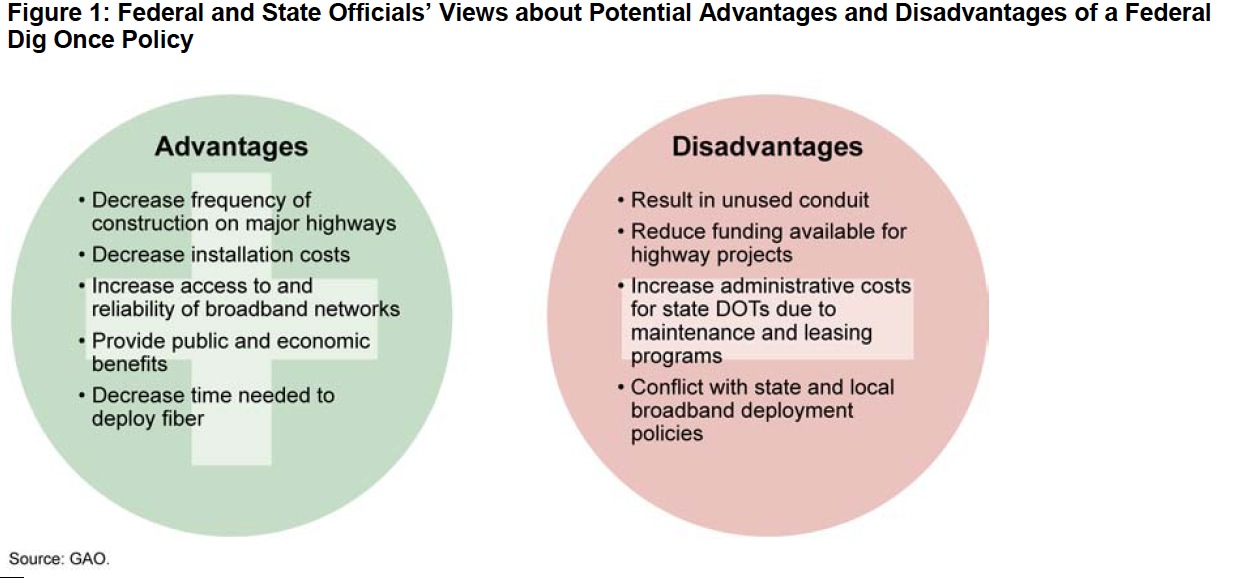
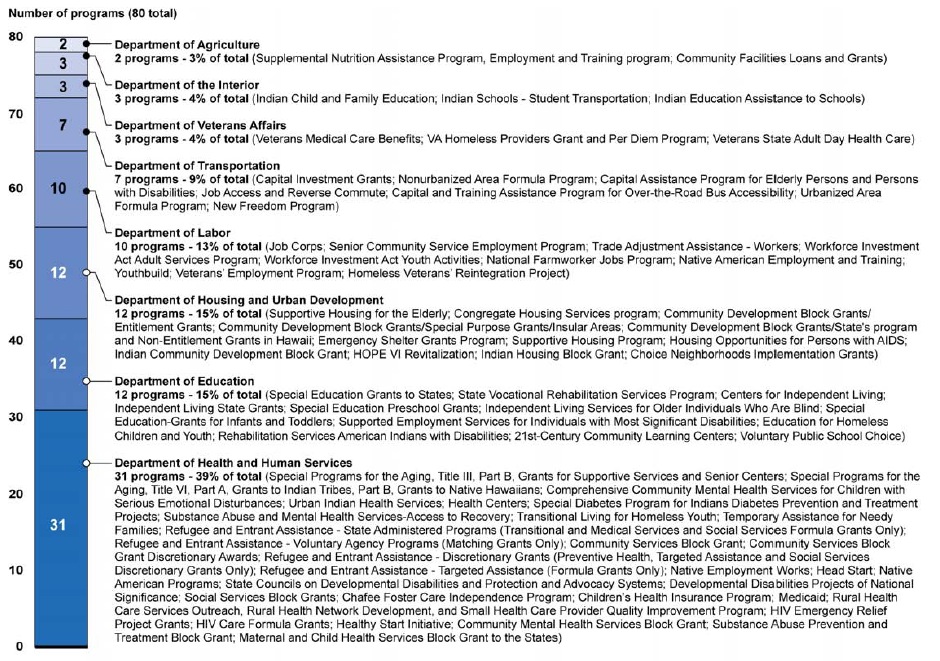
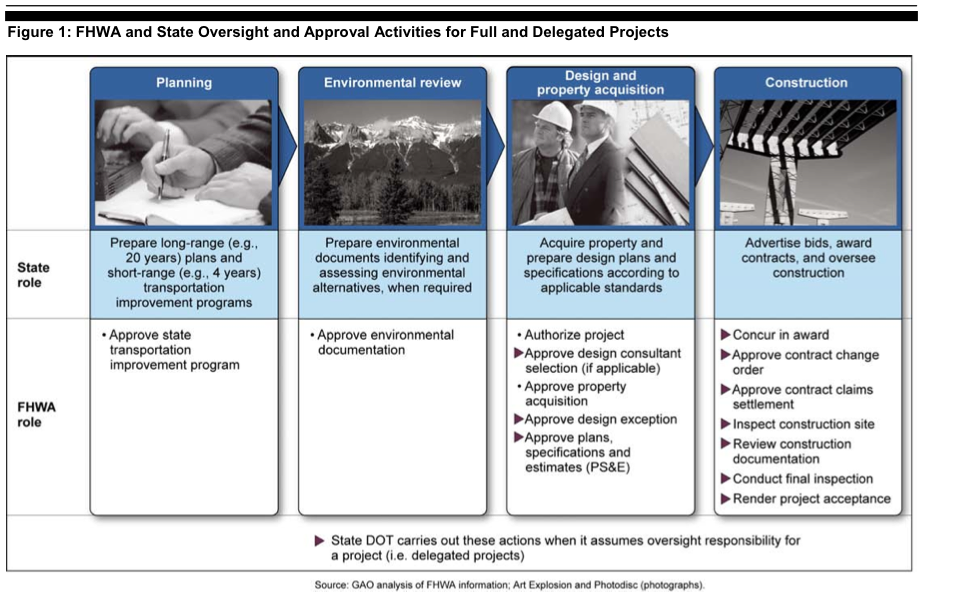

 RSS Feed
RSS Feed